How Legacy American Design Brands Are Staying Relevant Today
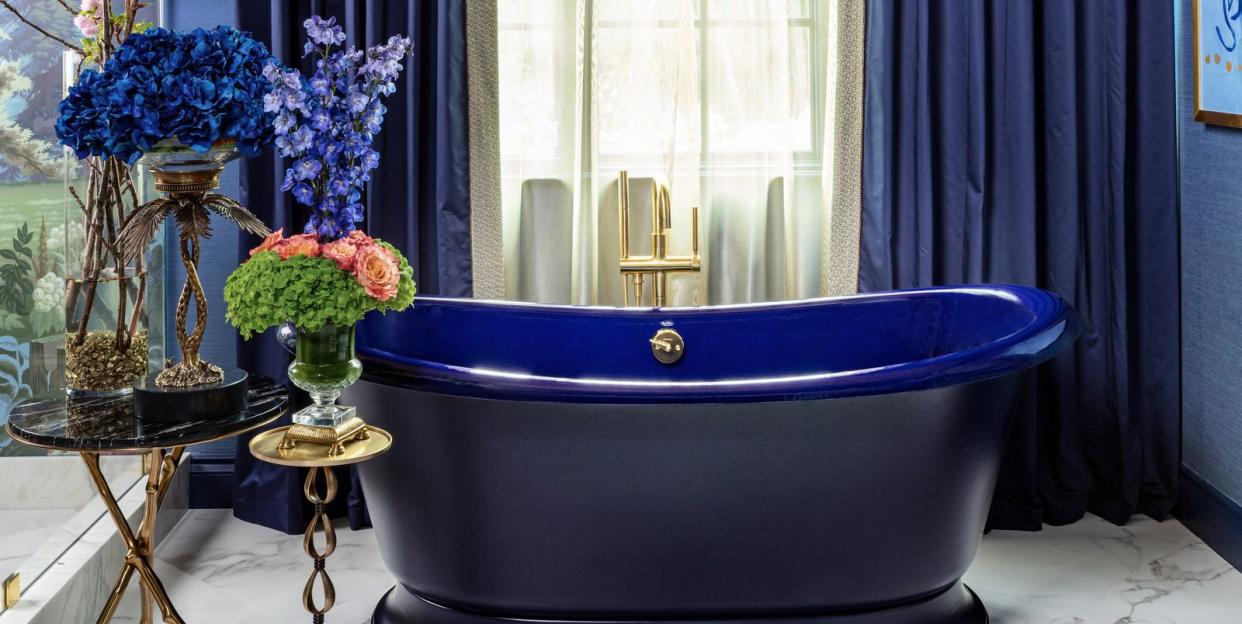
"Hearst Magazines and Yahoo may earn commission or revenue on some items through the links below."
As House Beautiful celebrates its 125th year, we're thinking not just about the past, but about the future. To get some insight on continuing such a significant history, Editorial Director Joanna Saltz chats with leaders of other heritage design brands about building a legacy—and pushing to the future.
Jo Saltz: All of you are leading such amazing businesses and I’m so glad we could all get together. As House Beautiful celebrates its 125th anniversary, I’ve been really thinking about my challenges in this position and the heavy weight of running a brand that has been around for so long. It’s required me to think about how we constantly have to be shifting where our brand is and what’s it’s saying to people across different platforms. As we rethink how we reach our audience we have to rethink our point of view. Has that been true for you? Have you had to rethink your aesthetic as a result of the way you’re reaching your consumer?
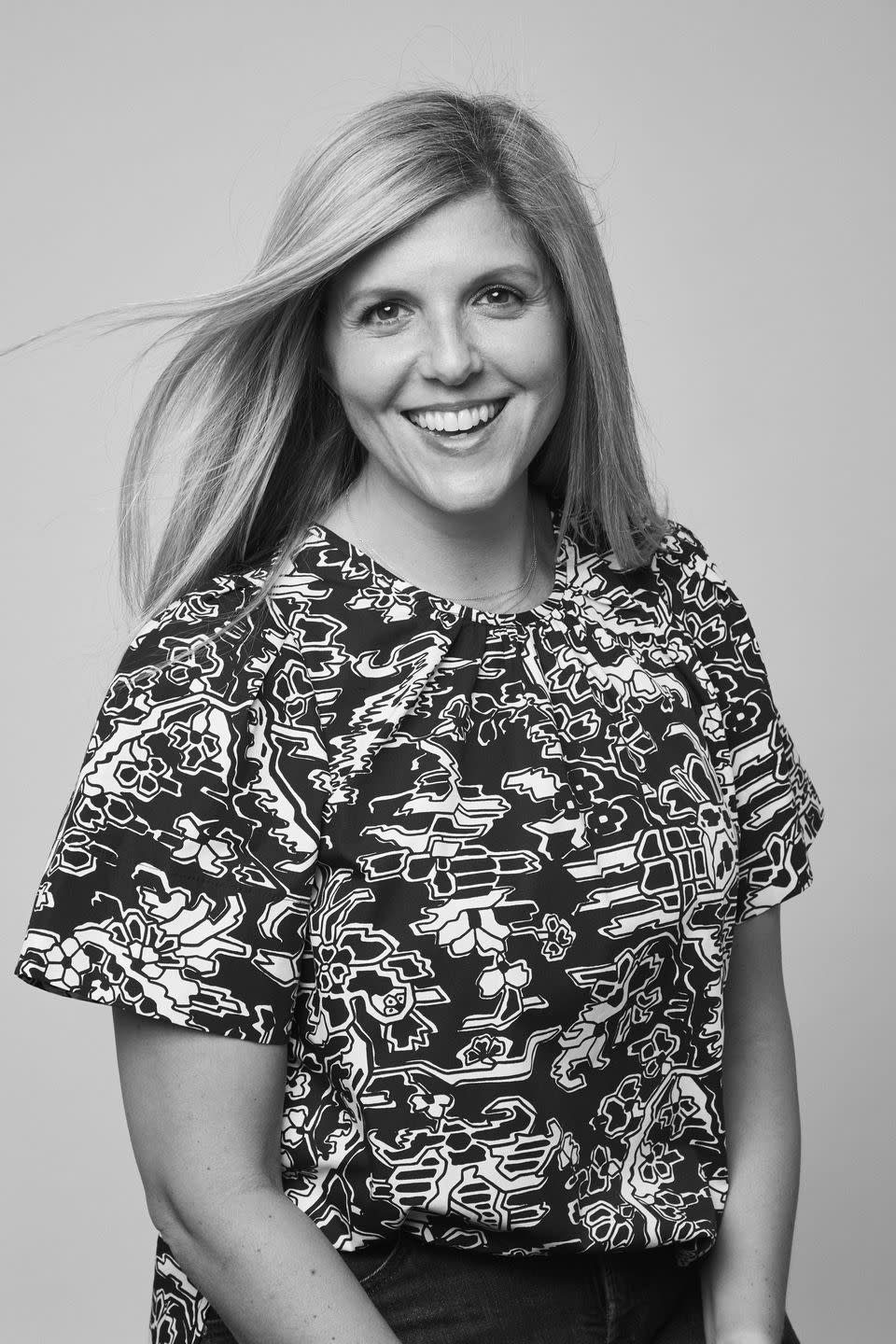
Alex Bernhardt, Jr., Bernhardt Furniture: The heritage brands that we all are started off being much more a commodity company. 100 years ago, we were making wood tables and chairs—the most simple, basic product. Obviously design has become more and more important. As I’ve looked at our brand over the last 10 years or so, I saw the need to make our brand synonymous with a specific look. Because for the last 50 years or so we were kind of generalist: We had an modern group, we had a traditional group, and neoclassical group, all those different things. And I guess 10 or 20 years ago, the furniture industry got really big on these galleries with their traditional or contemporary group. And I don’t think that’s a great way to go about it with today's consumer. They're much more interested in this specific lifestyle but they want to be coming into a space and say, “yeah, I identify with this look, this is me.” So we really started to refocus 10 years ago, and the most important thing was what we won’t do. What are the kinds of products we won’t make? We won’t be generalists—we will not have something for somebody who's looking for 19th century furniture, or Louis Philippe. Most of our product is in a pretty tight focus about the look we’re trying to achieve.
Jo: That’s fascinating. I's interesting because house beautiful I think in some respects has had to do the inverse of that. We were so associated with such a specific look where we felt like in order to reach more audience we needed to sort of broaden those scopes more and sort of be more inclusive of different design styles so it's fascinating to hear you say that. But I also love the concept of figuring out your strategy around what you won't do, versus what you will. Like the saying goes, “curation is the art of editing.” I think good management is also the art of editing, of knowing what to say no to—that’s as important as what you say yes to.
Chad Stark, Stark: To achieve real excellence in service, we must underperform in strategic ways. So delivering on the service that’s so important to our customers is only possible by underdelivering nothings that aren’t as important.
Emily Videtto, Pella: I stepped into the Pella organization about five years ago, and we had a combination of problems to solve. We had spread our brand across opening price point through big box distribution all the way through to really high end design, and so we needed to focus ourselves and line that up with consumer insights and a customer driven strategy around our brand. So we took a big step back, we reevaluated our brand pillars and media strategy, who our target was, what the voice and vibe of the brand was. It was this behemoth amount of work to be more focused in who we were and what we stood for. And one aspect of that was that we had migrated more towards some Midwestern, some northeast more traditionalist—and in order to reach our aspiration of being a modern design brand we had to revitalize all of our assets, all of our content, and again the strategy in which we push them into the market. What's arguably most important is that we are smarter now about listening to our customer and having vehicles to apply those insights to our product design strategy as well as our marketing strategy.
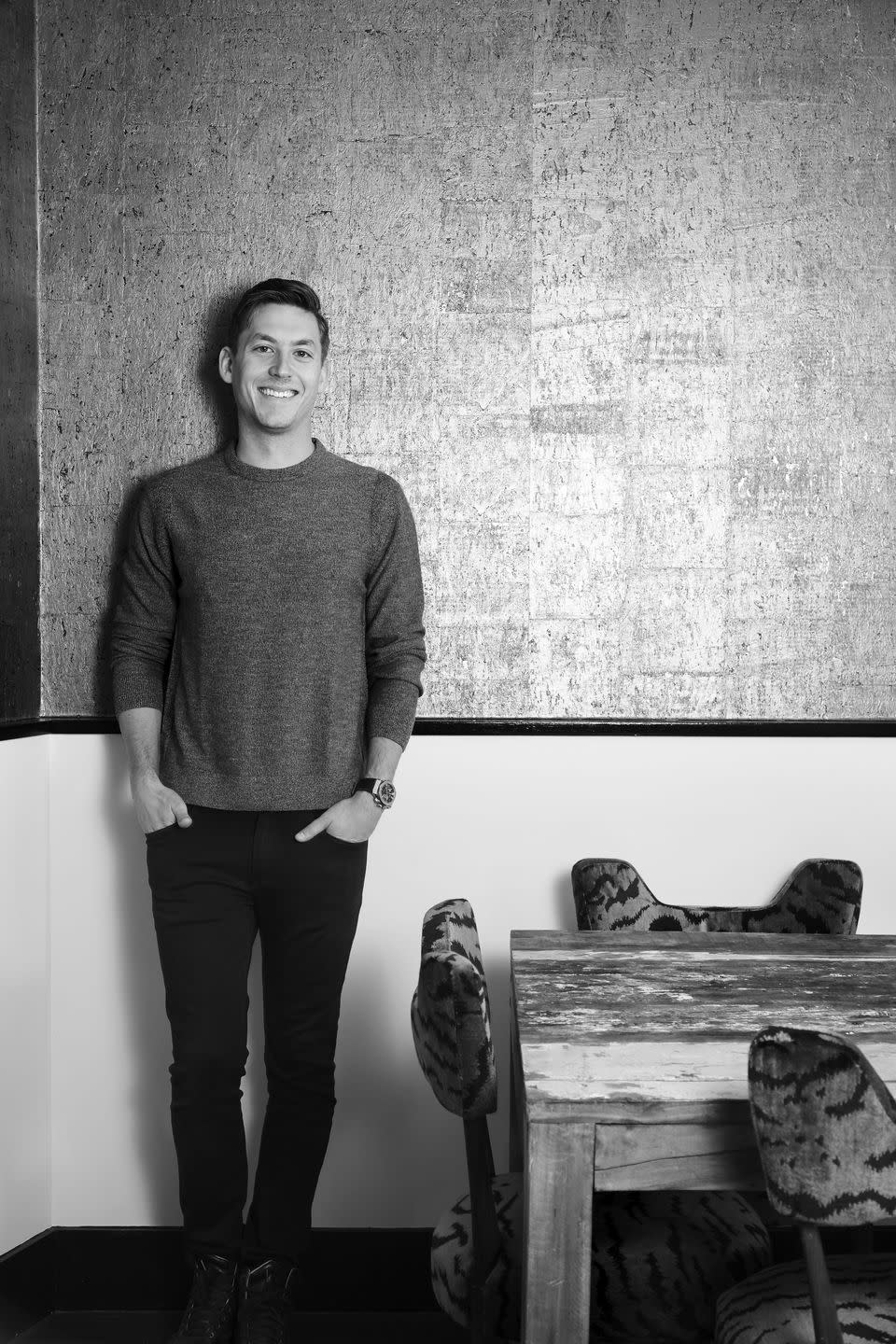
Stacy Senior, Thibaut: Thibaut was started in 1936, so we’re 135 years this year, just ten years older than House Beautiful. I think what Alex said was a really good start, because I think in today's market, being a lifestyle brand and having a specific point of view to your brand, draws people in so that they know what they're getting and know what they're coming to you for. I think that could still be very broad, it doesn't to be too too specific, but it has to have a signature so that people care about it and they want it. Here at Thibaut we've stuck with even though we've grown a lot over the last 10 years, is that we have a tight team, and we work really closely together and we don't let any ego get in the way of what we do. We always think, will it sell? We get input on everything before we take it into inventory. So we make sure we are always evolving. You have to always be evolving, to be honest. This industry is not very fashion-forward; we’re not the cutting edge—we have to make things people are going to like for a long time. they're investing a lot of money when they decorate. It's not a blouse that you could just decide that to take out of your closet, it goes on your wall, it goes on your furniture, it's going to be there for ten years at least, so we try to be very focused on what the designers and customers want.
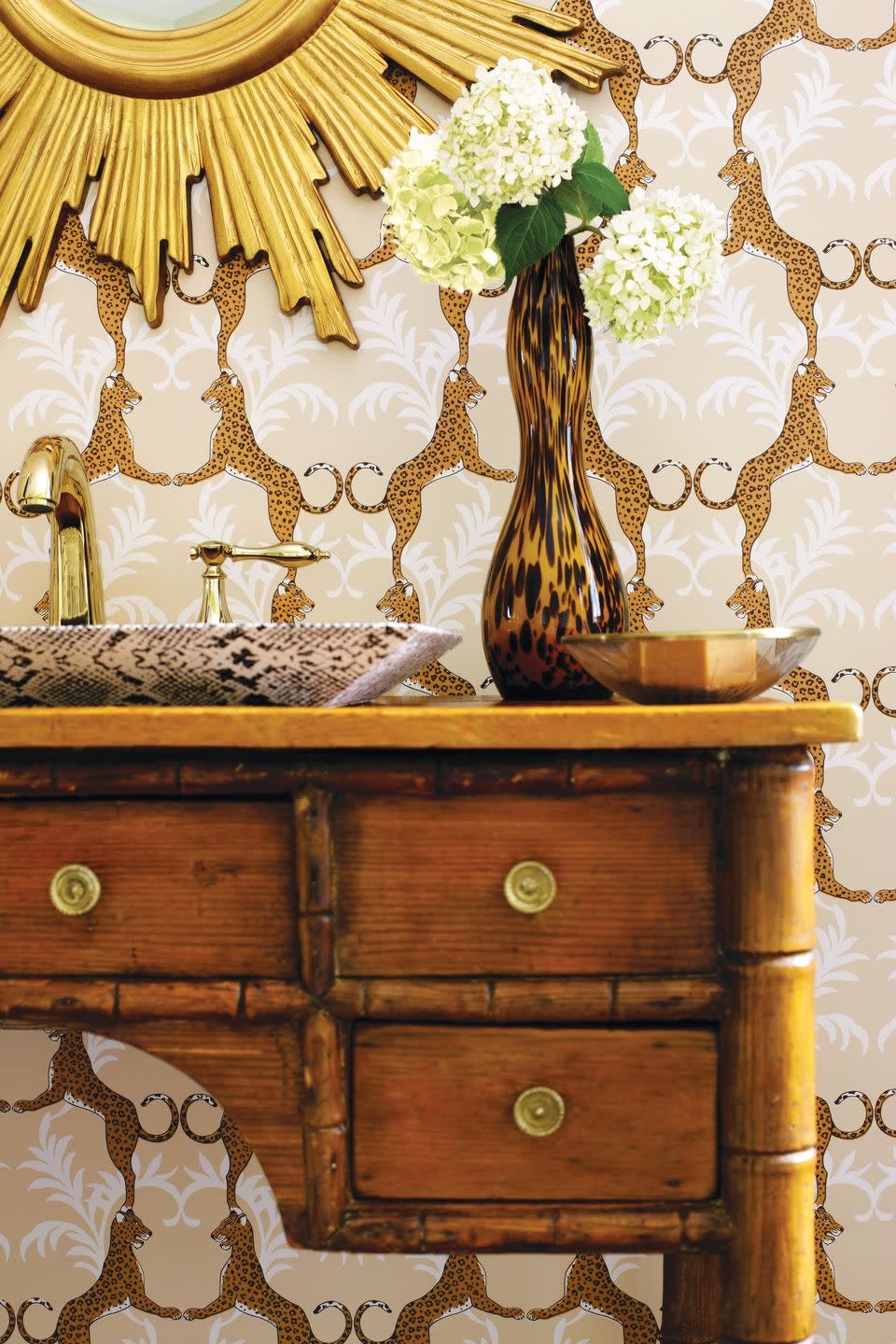
Jo: The idea of listening to the consumer is the real difference for us between print and digital. Digital is so immediate with your feedback—you know exactly hoe people feel right away. With print, you put it out there and you kind of don’t know if five people saw it or five thousand. But it’s very gratifying to be able to hear people’s feedback. Are there things you appreciate about having to lead the brand through changing times, or through this moment in time?
Stacy: But the traditional way of getting back to conversations in person—just like we're having right now—has got to happen, because just getting the digital feedback, sometimes you're just getting the loud mouths; you're not really getting the people whose opinions you value.
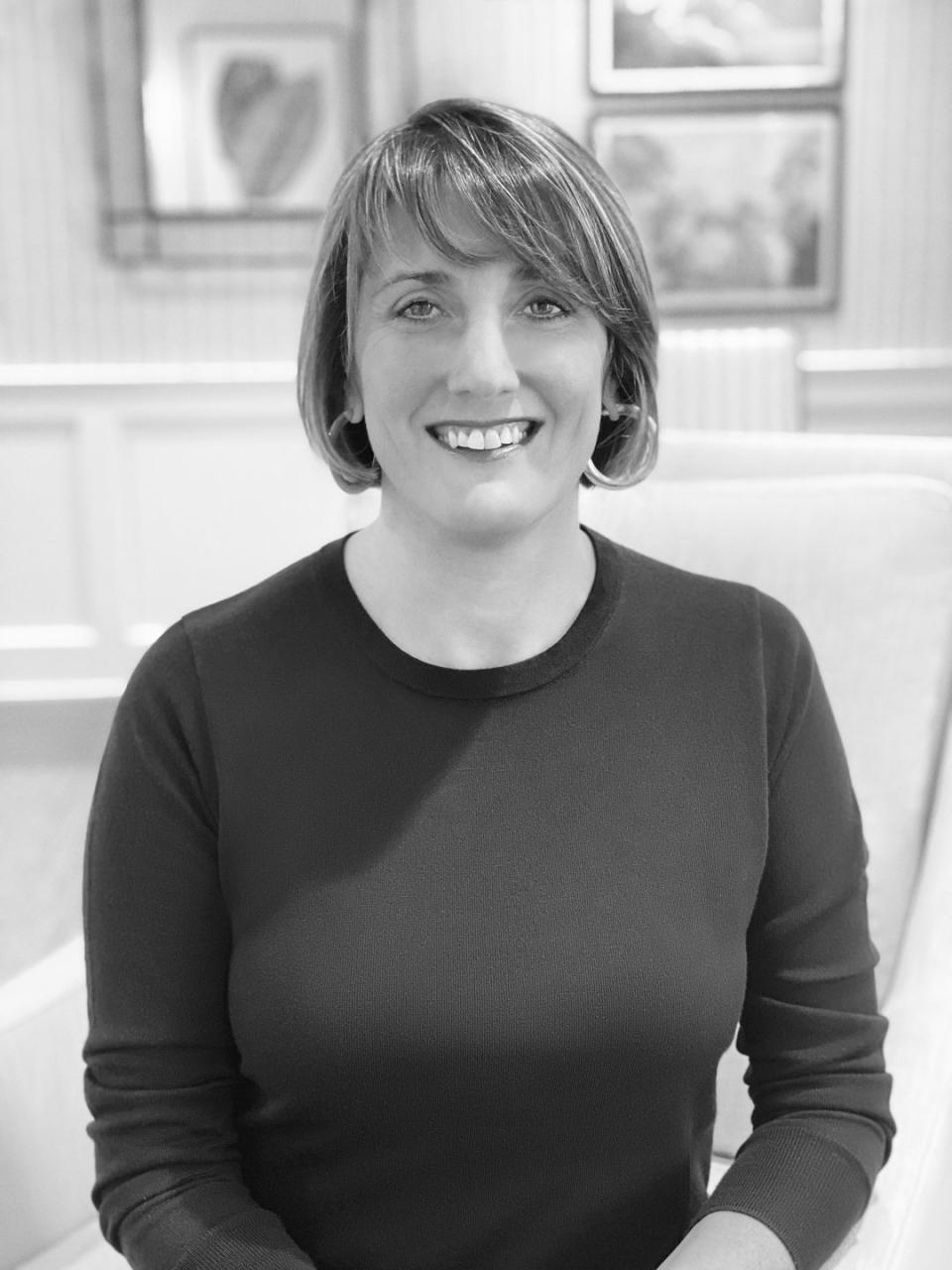
Chad: I’ve been with the company for 10 years, and when I first started, I would hear designers say things like, “oh, I know Stark; my grandmother loved it.” I was like okay well what do we need to do for you to love it? And by asking our customers questions, surveying them, we’ve taken the approach to not be known for a specific design but for three pillars: peace of mind in service, diversity of assortment both stylistically and in terms of price point and lead time, and then a convenient shopping experience.
For us, what’s changed the most is not the narrowing of a perspective, but things like performance, for example, we’ve doubled down of after hearing from our designers, but that fabric is being put into several different designs. Our promise is not being known for one thing, but being known as a partner that can be considered for one area of every high-end design project. very designer has their own look, there's millions of styles and we're never going to be everything to everyone from a style perspective. But if we can continue to have the services that they want, make it easy to find the product and work with the product and have enough of a diversity of styles to inspire, that’s a success.
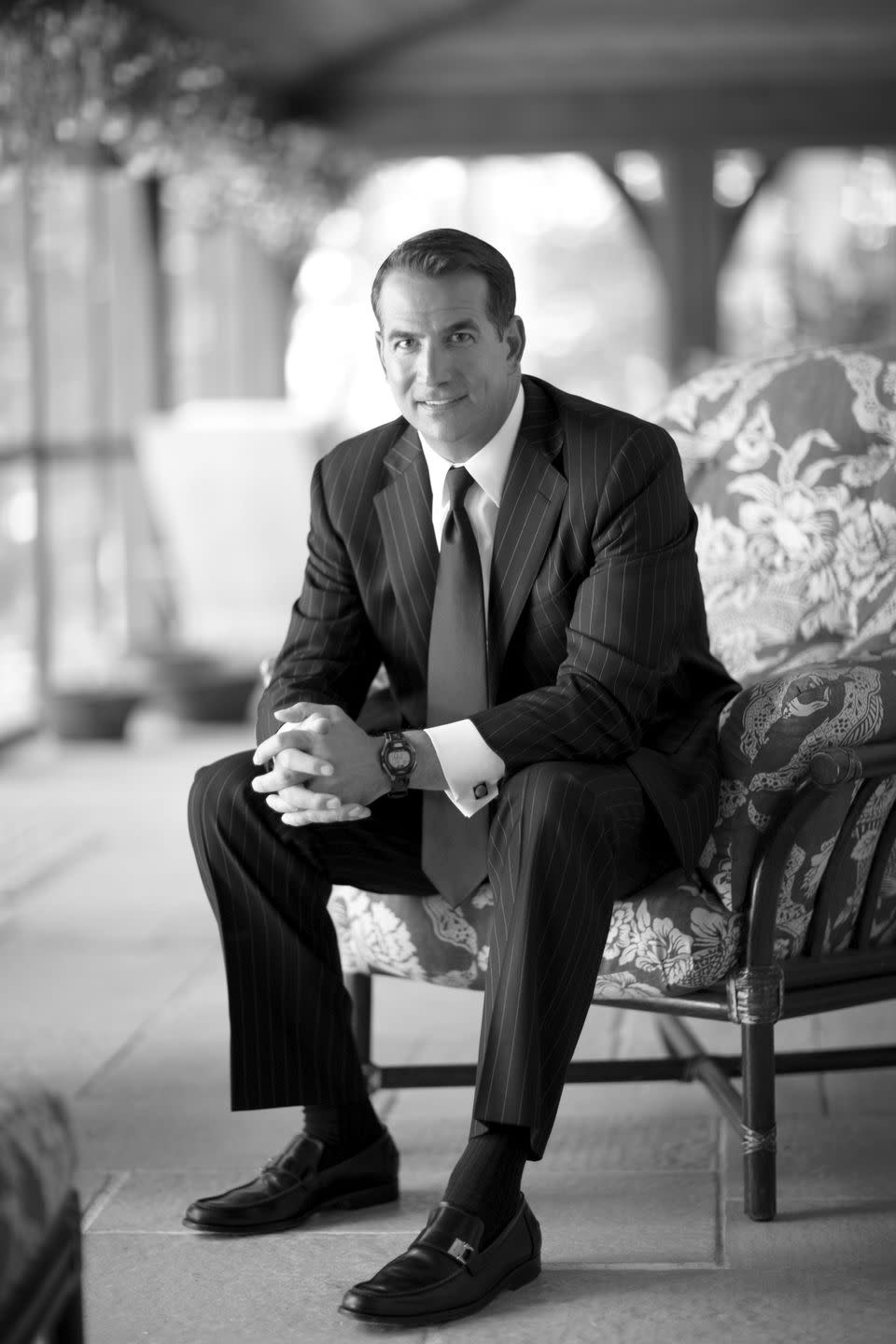
David Kohler, Kohler: Chad, I think we’re very similar. We have a brad portfolio but all come from the same design point of view, but in the last five or 10 years, contemporary has increased. Like the Stark point of view, we think of design in a Frank Lloyd Wright kind of way: It's form and function in perfect harmony with nature and. The function is the user experience enabled by technology has, has really changed significantly, not only in the way consumers shop the product, but in what they expect smart products to do. Consumer expectations have increased—they expect embedded technology in our products that are making their lives easier and more convenient. I Would also say design from a sustainability standpoint has really amped up the last decade and it continues to move forward.
Jo: It’s interesting because you guys are all, you also all sort of speaking, in the same timeframe: five to ten years ago. I spoke to one leader of a legacy company who said he felt that he industry had changed more in the last 10 years than it had in the century before that. Do you think that’s true?
Chad: Well, to use the 10 year benchmark, over 10 years ago it was very much a supply-driven industry: IF you had the best product, you won. But today, because of modern communication modern transportation. The world has become a lot more flat where having the best product, you're not going to win. You need to one be able to showcase that product, but also be able to connect with, with customers on a more emotional intangible level in certain ways. I joke with my father and uncle, “it's amazing you built one of the strongest brands in the industry when your advertising strategy was a full page ad in one magazine and that's it.” Like that's what they did from 1960 to 1980, and because of that we have a great brand, but to build a great brand, today's world, it's such a different environment, and it's a lot more challenging. And for a heritage brand, the playing field is suddenly more flat: You can start up amazing images, you know create amazing websites, invest all your money in samples and social media and in six months you have the perception by new consumers who don't know the history brands that you're on the same playing field. And in some ways they are from a product sourcing standpoint they might be. So how do we take the learnings that are deeply rooted into our culture in our DNA, and continue to differentiate from a product and service standpoint?
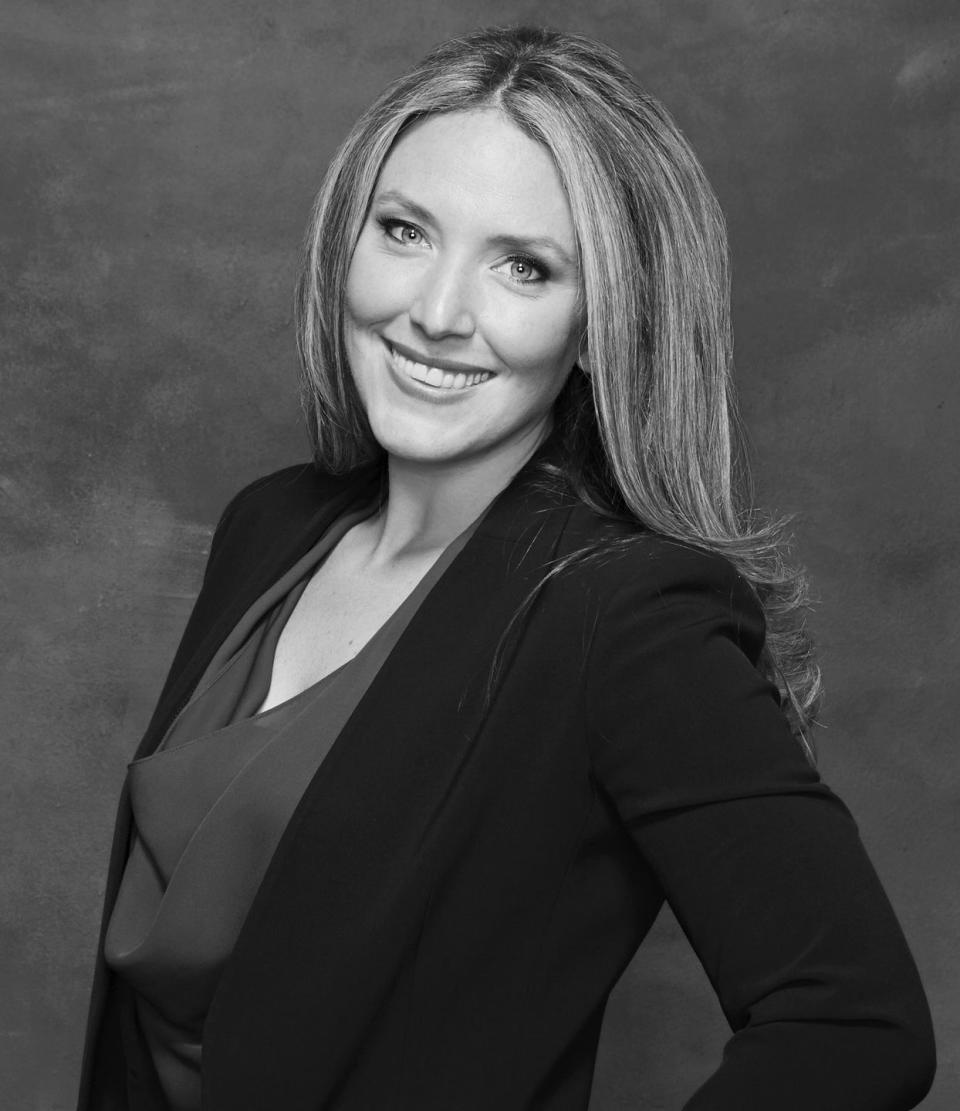
Emily: The level of customer engagement in consumer products and their desire to learn, and even the importance of materiality and form and function—just the levels of engagement, because of the forums we have to engage with them, ie digital and other things, versus just relying on our training professionals to interface for us—has dramatically increased.

The other thing we struggle with as a heritage brand is how to be authentic and relevant to our roots while staking social positions and forming stances around things happening in our current environment. Previously, none of that mattered, and now today’s consumer cares about the soul of the brand and not just the products or the services provided.
Stacy: And then the differentiation of how you communicate today is so challenging because you don't know what your brand personality is. It used to just be who your sales reps were or who the executives were. Now, you have to think, what is my company saying? Are they talking in the right voice? You want to make sure to honor the brand properly, especially when it's a heritage brand. You don't want to talk in a voice that seems like it's a voiceover. And then back to product, it’s about making a really good exclusive product, and keeping it fresh and keeping it changing and sharing images that make people want it.

Alex: The concept of the soul of the brand is interesting; we’ve had a very longstanding relationship with our community and we’re blessed to have fourth generation artisans in this area. So we try to really focus on philanthropy within this area. When we hit our 125th anniversary we thought, maybe we should look at the different products and our customers, and then we thought no, we’re going to focus on our employees and what they do for the community. So for each month we spotlit someone and what they did within our community to give back—everyone from middle management to plant workers. And sure, that was decent PR, but it was more about getting back to what we’ve been doing for 132 years.
Jo: I love that. Okay, I’m going to ask one more question and I’m going to ask all of you answer it. You’ve got close to or over 100 years behind you; what excites you the most about what’s coming down the road?
David: We’re 147 years old, but you have to have this day one thinking all the time. There’s a great book I would recommend to heads of private companies called The Founder’s Mentality. That’s the challenge—to make sure your business is relevant, entrepreneurial, innovative, aggressive. And we spend a lot of time and effort on that as a company.
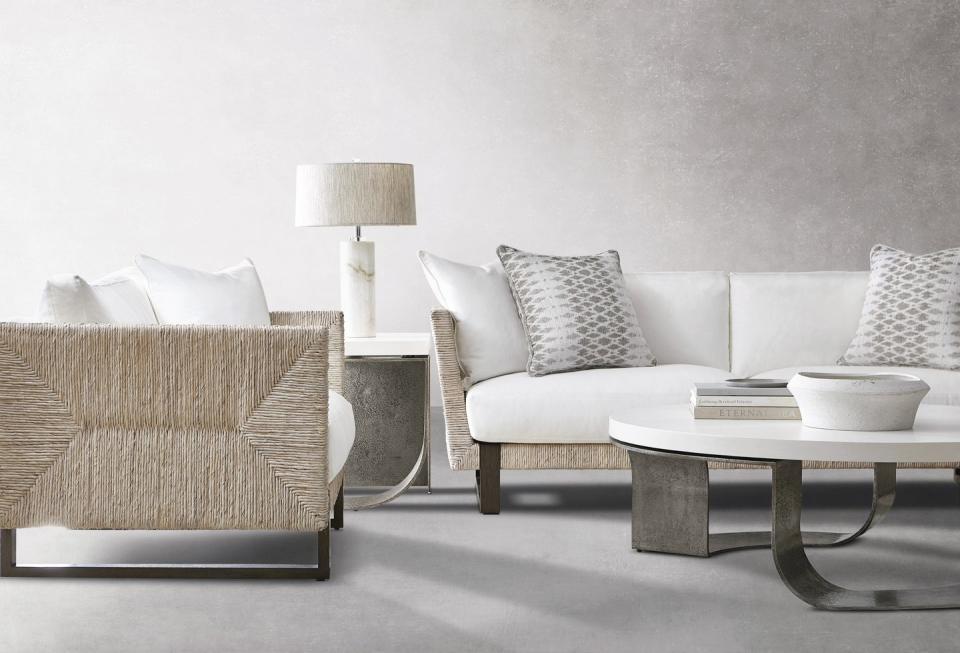
Stacy: Similarly, we’re always looking towards the future. We just replatformed our entire company over COVID; we have a new warehouse, offices, showrooms, so we are reinvesting int he future. I feel like we are just tapping into the future. And now everyone is focusing on their home—it’s such a wonderful, exciting time when people are appreciating their homes more. As a working mom, I was only home for a few months but I was at my house finally.. And I realized I hated my carpet, my walls—I have new everything.
Emily: The home is the hub—that’s the concept that's getting celebrated based on the acceleration of staying at home. And our products are playing an important role in our customers’ lives mores than ever.
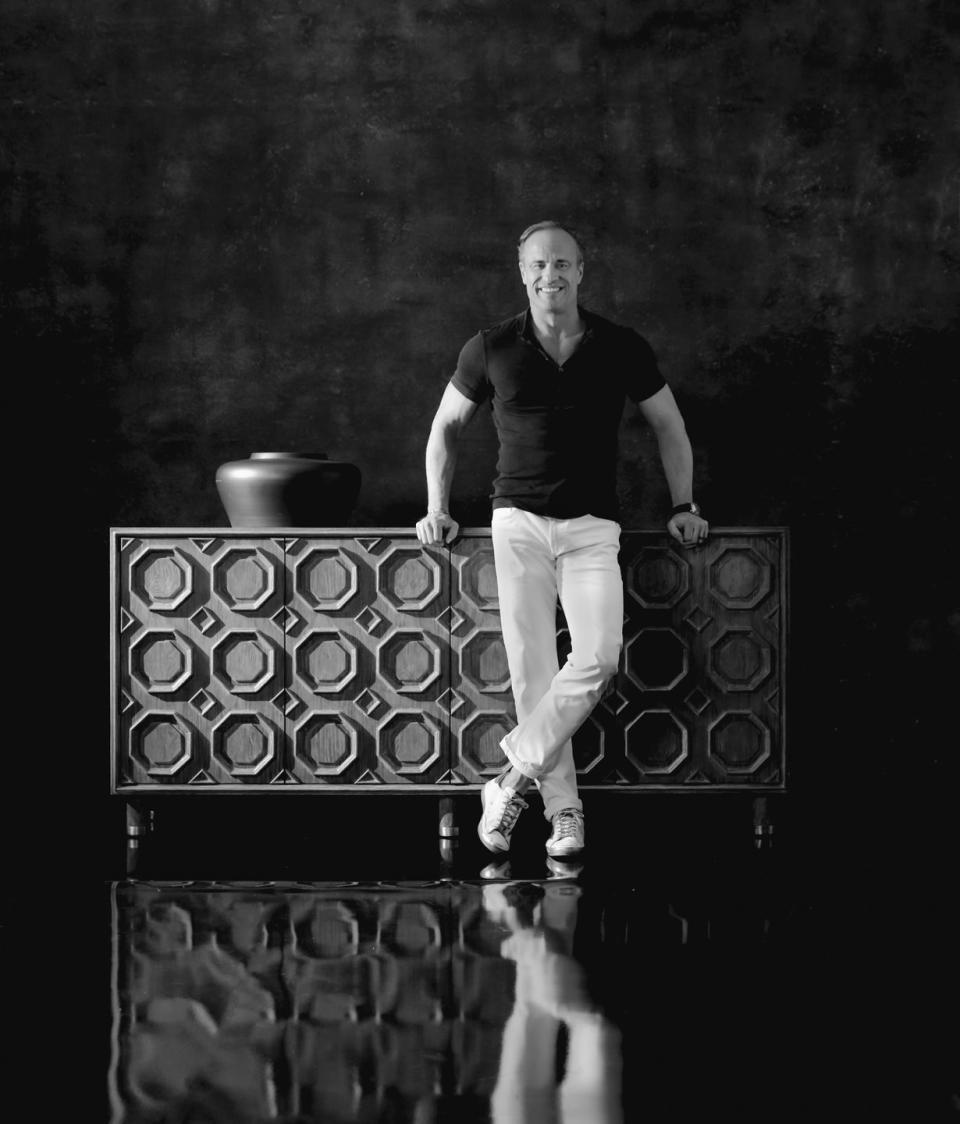
Chad: I’d say I’m most excited for when my father and uncle retire—but I won’t say that. I think we're all as heritage brands kind of in a unique opportunity because we built such a great base but the question is, how do we push ourselves so someone doesn’t disrupt us? Direct to consumer is a huge focus for us; my sister is launching Stark Home, a new home platform, in February, and we’re continuing to come up with differentiated brand strategies to reach more customers.
Alex: The elephant in the room is that we’ve never seen demand in the home like we did during COVID. But the thing that makes me excited every single day is product creation. And as a CEO I think it’s rare I put 50% of my time into creating new products, but that’s been the lifeblood of what's kept us alive for this long and we think that that that type of exploration of new varieties will take us into the next century.
See some of these brands' standout designs over the years below:
Follow House Beautiful on Instagram.
You Might Also Like


